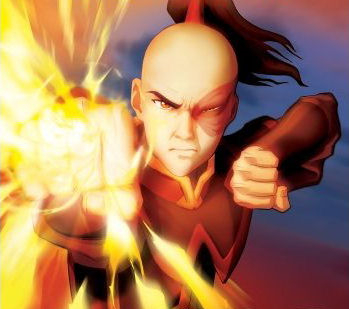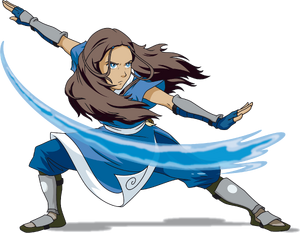A Modern Literary Classic
A Metaphor Of India...
“Who what am I? My answer: I am the sum total of everything that went before me, of all I have been seen done, of everything done-to-me. I am everyone everything whose being-in-the-world affected was affected by mine. I am anything that happens after I’ve gone which would not have happened if I had not come. Nor am I particularly exceptional in this matter; each “I,” every one of the now-six-hundred-million-plus of us, contains a similar multitude. I repeat for the last time: to understand me, you’ll have to swallow a world.”
To the uninitiated, the above lines may appear to male little sense, but anyone reading them will feel the intensity with which it has been written. This kind of intensity confronts the reader from the very first lines and spans through the entire book. Even after its completion, the effect lingers for an interminable period. It was somewhat a painful process to read the complete novel but I have finally finished reading it. In truth, I finished the book that launched Rushdie’s career proper. I needed to let it pretty much slosh around my head for a little while before I could distil the experience down to a few hundred words. One of Rushdie’s many attractive qualities as a writer is his clever use of humorous images and metaphors to describe and discuss incredibly controversial and painful issues. One of the recurrent images in Midnight’s Children is the “pickles of history.” Pickles, of course, are an edible comestible, but they have curious properties—they are sour and yet somehow appealing for many people. Considering the entire panorama of history presented in Midnight’s Children, write an essay in which you explain the pickles of history as conceptualized by Rushdie. This concept is further extended and leaves its mark upon the reader, who experiences the same feeling upon its completion.
Salman Rushdie’s illustrious career is well documented: shooting to fame by winning the Booker, The Satanic Verses, The fatwa, political asylum, hiding from Islamic fundamentalists. All these aspects dominated his life and his career. The intensity of the his style and the story of Midnight’s Children , was perhaps like a fictional prelude of things to come. However, published in 1981, it remains one of the most important books of post –colonial literature and is often compared with the likes of One Hundred Years Of Solitude by G. G Marquez and The Tin Drum by Gunter Grass.
Midnight’s Children is not a masterpiece, but it is a typical reflection of a master story creator. Not a storyteller – a story creator, for that is what Rushdie excels at. Surely Rushdie laboured over each chapter, each paragraph, yes, even each line, to create a labyrinth of themes, a plethora of allusions, a pickle-factory of twists and turns. Midnight’s Children is not a masterpiece because its creator did just that: masterfully create a story. Midnight’s Children tells the life story of Saleem Sinai born at midnight on the August 15, 1947 at the moment modern India India
First released in 1981; this was Rushdie’s second novel and won the Man Booker Prize of that year; in 1993 it was judged the Booker of Bookers (the best novel to have one the prize in the first twenty-five years of the award’s existence).
And it’s good. It really is. It’s a breathtakingly ambitious allegory distilling the story of the subcontinent down to a single character’s story, a fantastic fusion of Indian and Anglo-Western culture. The observations are startlingly, brutally honest, on occasion profoundly dark and more often quite funny, the rendering of postcolonial India India
“Midnight has many children; the offspring of Independence







